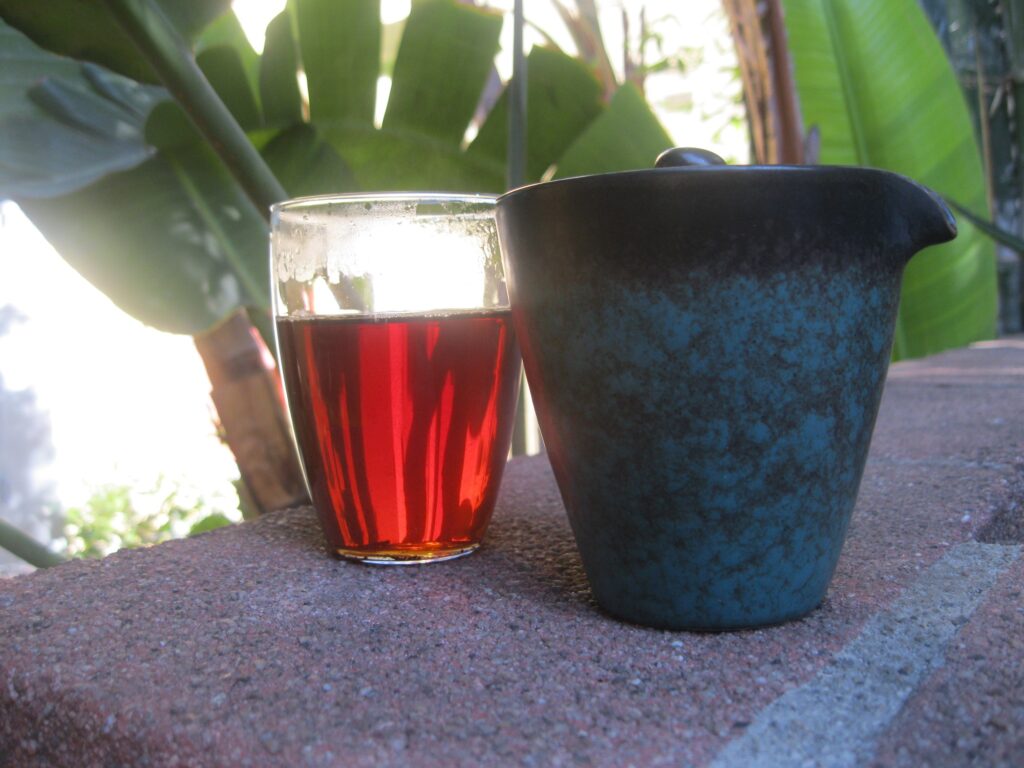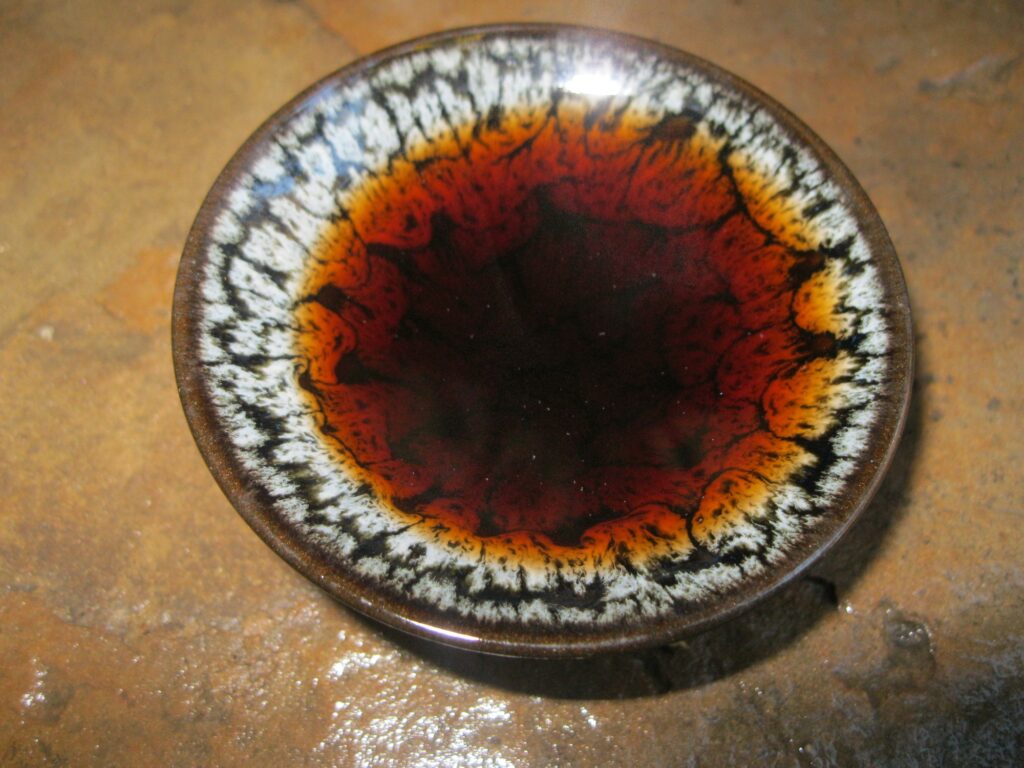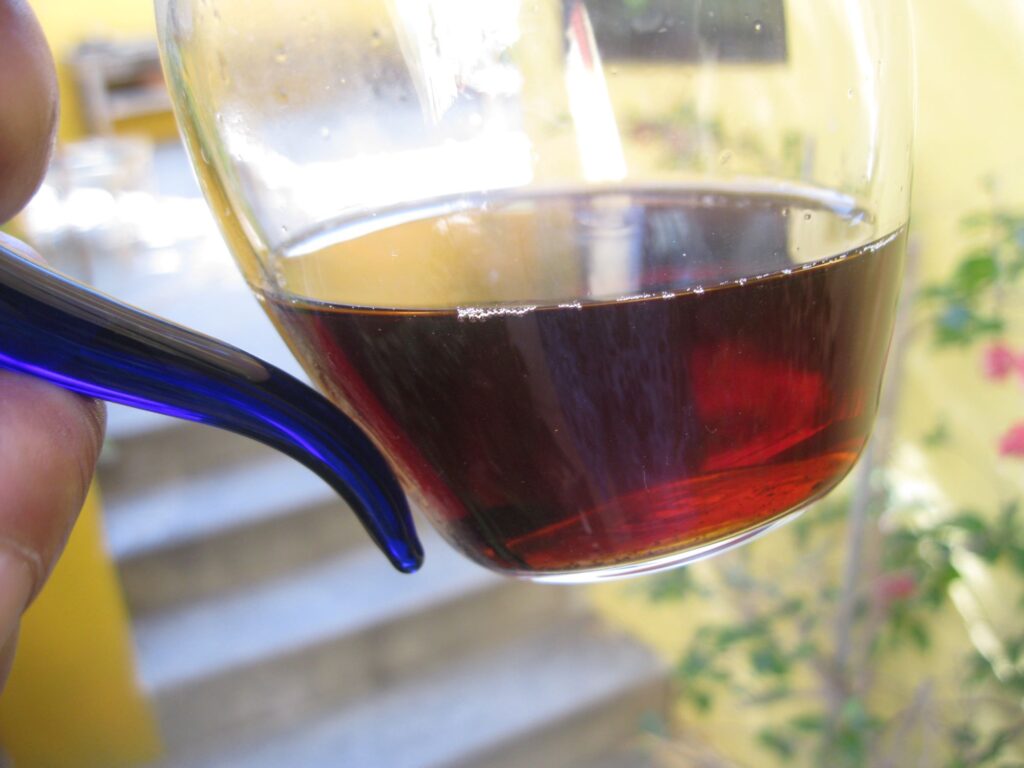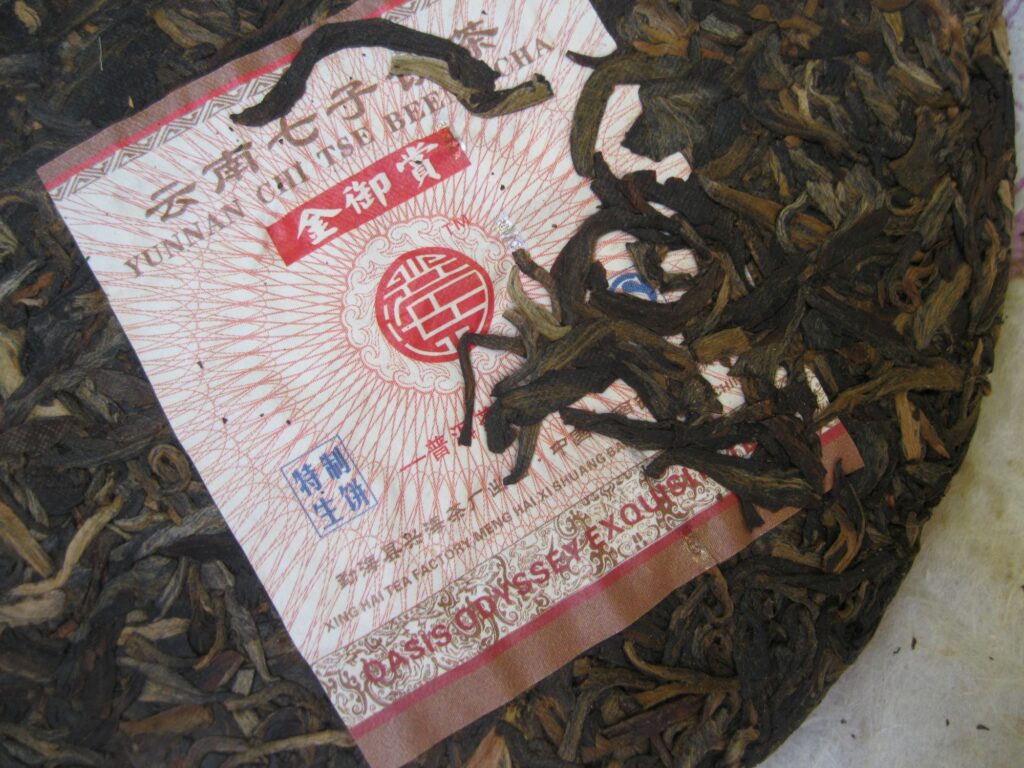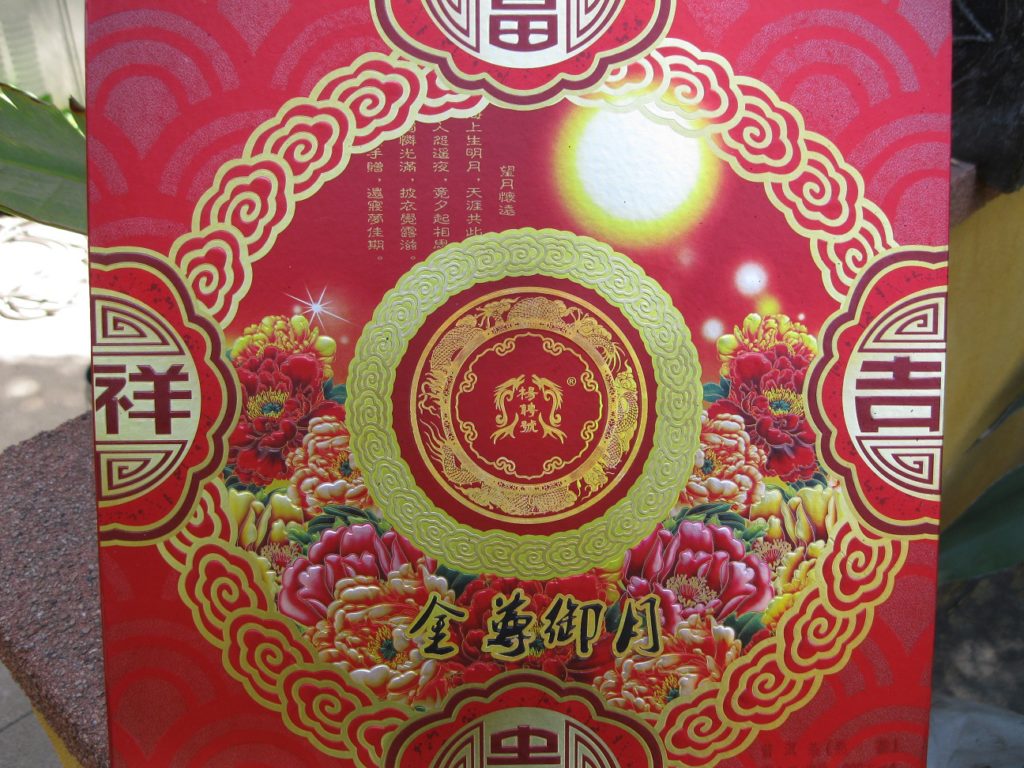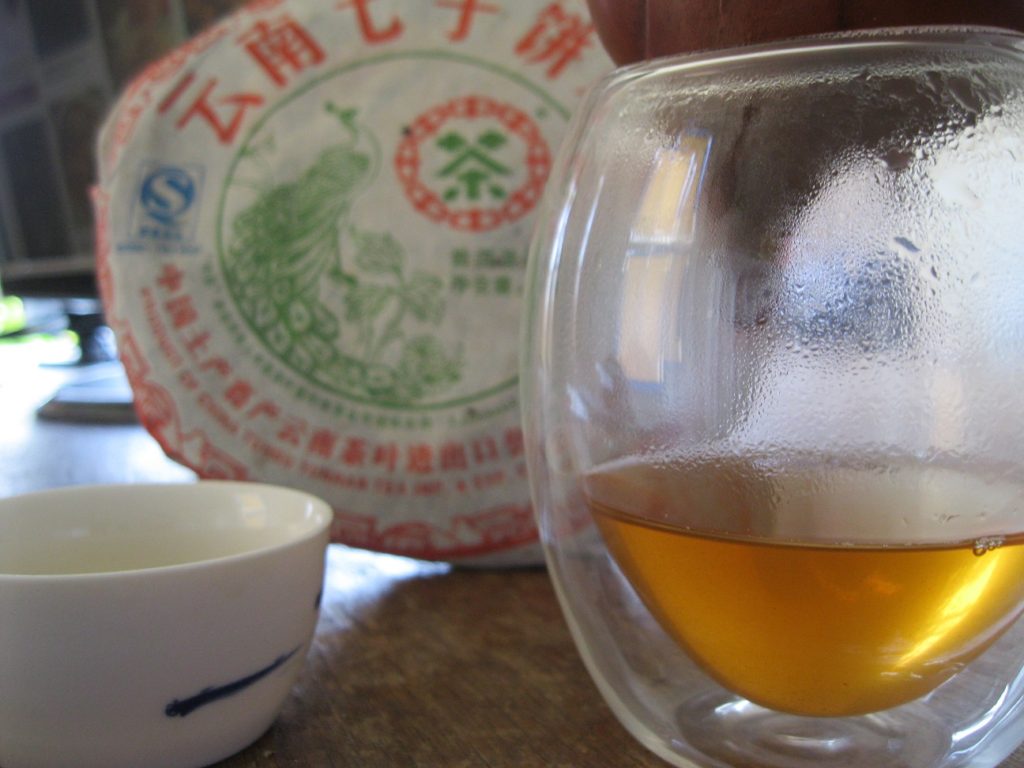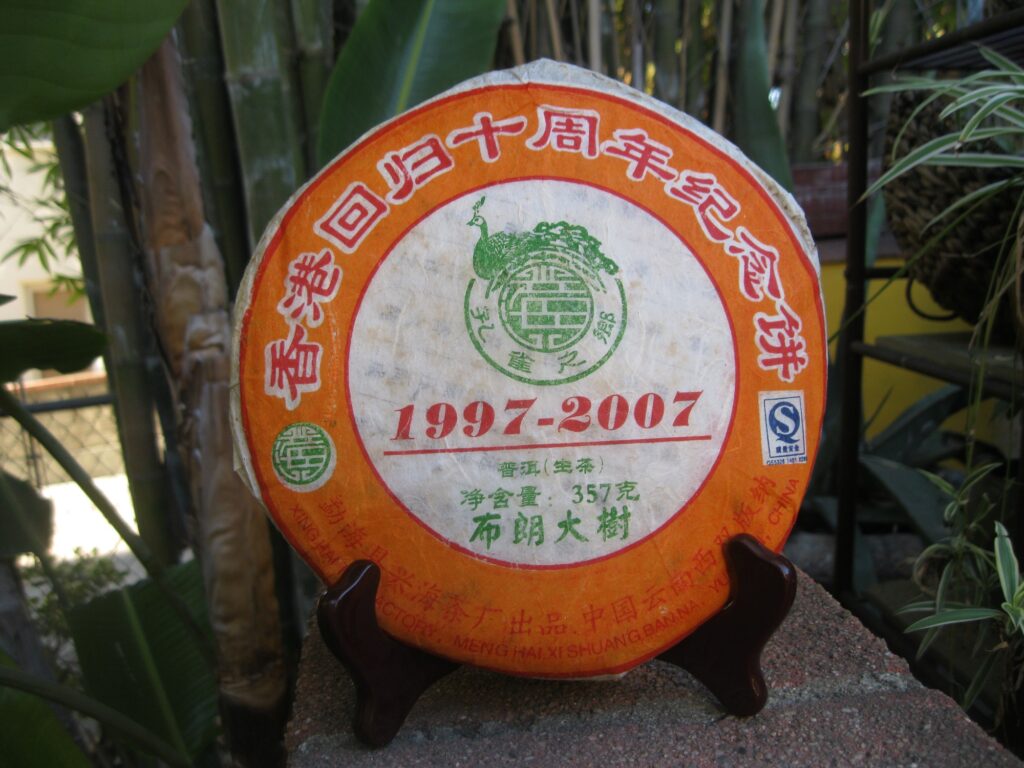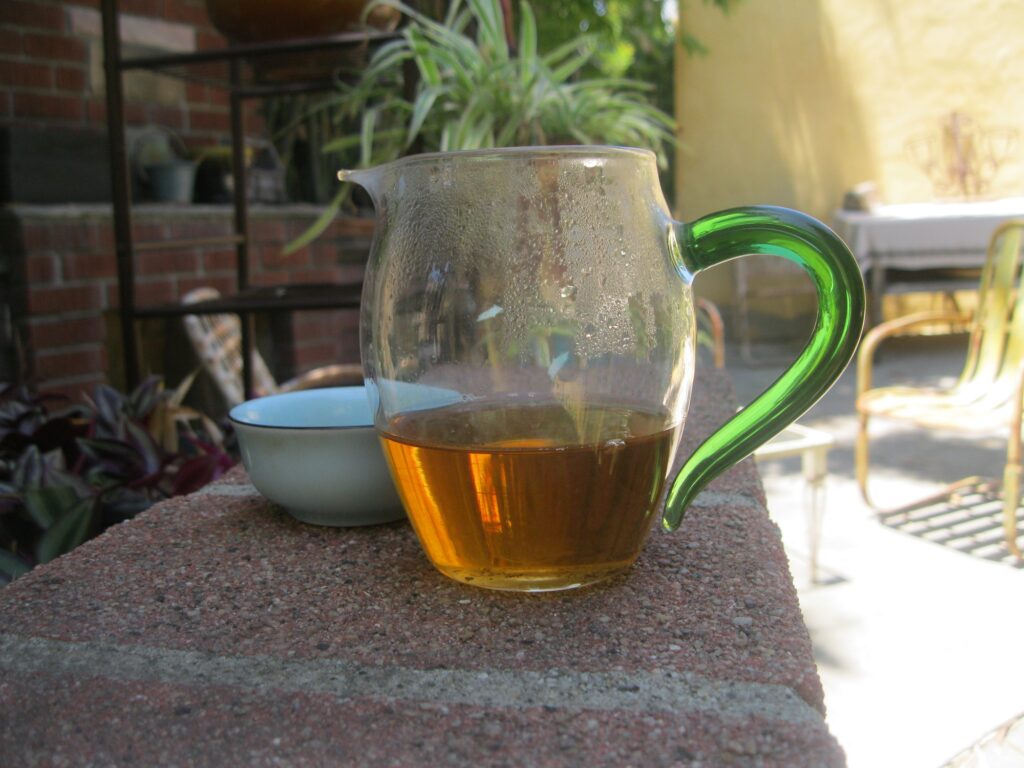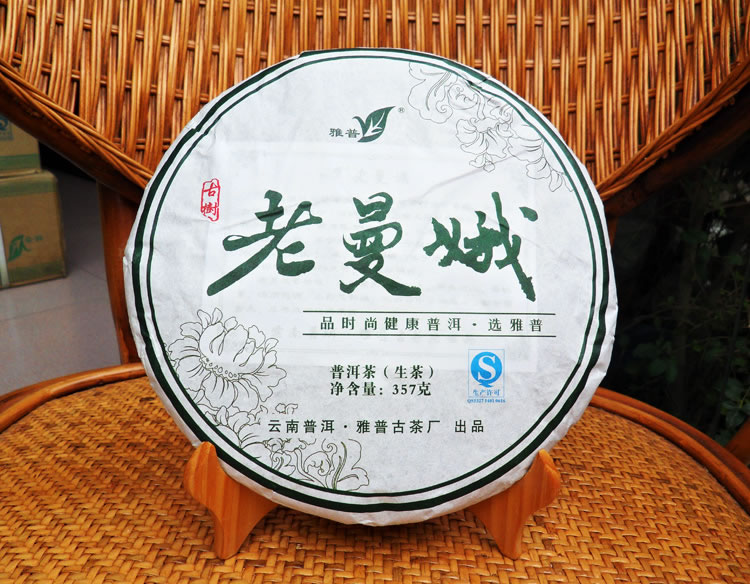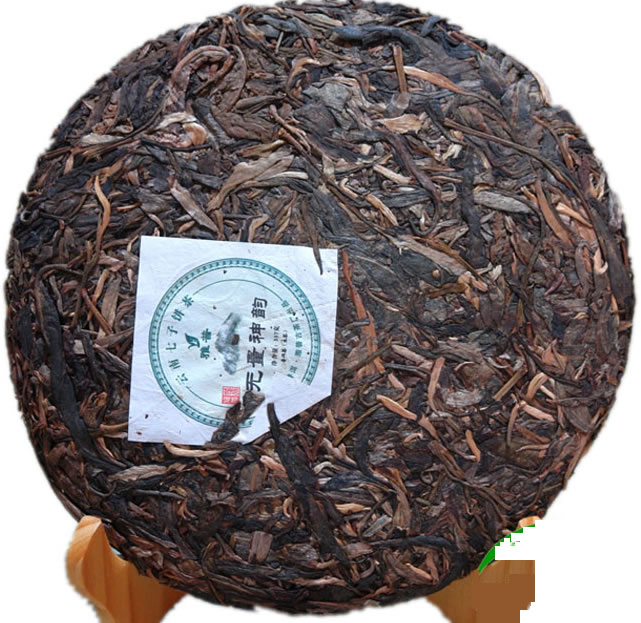Championship Round: Ripe Puerh
The Championship Round of the Ripe Puerh Challenge commenced on 14th June ’24. Three contestants performed and that day, followed by the last two on the 15th. Parameters for the championship round differed from the initial round in that 1) contenders sat out for about five days, 2) only two rounds drunk for each, with the second pushed considerably. Initial round and championship round differed considerably. In retrospect, all of the contenders reached the championship round in the first place because they performed best straight from storage. This is to say that no production performed better than straight from storage. This serves to reason as they all expressed stellar qualities to get them to the championship round in the first place. This is not to say, however, that the duration for airing was too long. For example, airing Merlot for only about 18 hrs dramatically increased its performance, while a cake (Hailanghao’s ’05 Jinseming) with an especially innovative fermentation approach on hand for 14yrs performed best it ever has after sitting out for more than two weeks.
Second, a pushed infusion doesn’t necessarily make for the most enjoyable drinking experience, though it does get to the innate character of the production. Under ordinary circumstances, diluting or stacking of shorter infusions would have been in order. Still, apprehending the innate character reveals more about the underlying material of the production itself. Here, there’s no mistaking Yiwu with Menghai.
55, Zhongcha #1 Champion.
Zhongcha’s ’06 “55” commemorative continues evolving along a path of deepening sophistication. Curiously, Baidu states that it is part of the 7581 series, which either seems wrong or raises more questions than it answers about what precisely “7581 series” constitutes. No other 7581 is as populated with gold buds as the “55.” One would think that “series” signals some established standard of material, fermentation, and other processing variables, but this doesn’t seem to be the case. A previous entry discusses this.
Highlights: Bitterness, piney camphor, incense, cream, balanced sweetness, mushroom, cocoa deliciousness, big qi, cuts phlegm
Ripe Participants
- Yiwu Commission, DQZ
Creamy sweet, bitter finish, smooth, chocolate milk–> the second round push exhibited that Yiwu smoove, zero humid notes. - BZ Peacock King, LME
Bitter! Crazy clarity, dark chocolate then cream, piques salivation, icy-hot camphor, cotton mouth, light incense, cheeky–> would definitely have diluted second round. - Operation Macau, XH commission
High camphor cream aroma, dry newspaper hint, slate, cream aftertaste, piques salivation; cream forward, camphor finish w/ mineral accent, bittersweet cacao, touch of roast, late aftertaste slight sour–> sweetest expression from first to second infusion by far. - Silver Peacock, XH
Malty cream and roast, glass smooth, pecan, vanilla, bittersweet aftertaste–> even-Steven from first to second.
Ripe participants are probably listed in the order in which they placed, though personal preference increasingly trumps quality as they’re all good. Here’s a link to try for yourself. Scroll down for “champions” selection. It consists of 16g of each participant. The link will remain active till about 14th Jul ’24.

